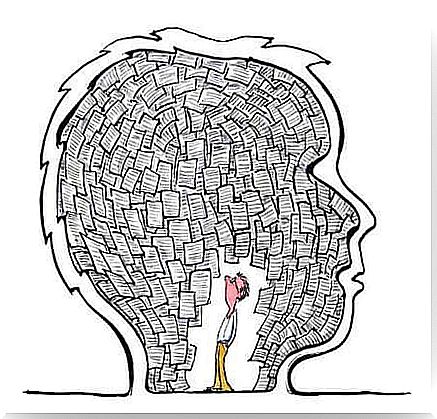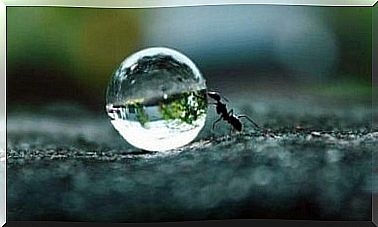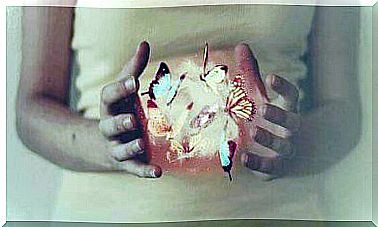The Secret To Learning New Words

Neuroscientists have discovered the secret to how our brains work when it comes to learning new words: by seeing them in the form of figures.
People cannot always learn words by spelling and by pronouncing them aloud (the standard method used in reading instruction). However, it is possible to learn new words if they are presented as visual objects. The good thing about this strategy is that the words can be learned both quickly and efficiently.
This type of orthographic representation in the human brain is still a matter of debate.
A study conducted by neuroscientists discovered that the brain is capable of learning new words very quickly because it sees each word as a unit and not as individual letters.
What does the study show?
The researchers found that there is a part of the brain that is holistic (set on recognizing words in their entirety), instead of treating them as combinations of letters and syllables. It is as if the brain takes photographs of words to recognize them.
New reports have confirmed that the visual area of word formation, located in the left occipitotemporal cortex, contains an orthographic dictionary which is based on very selective representations of each individually written word. This theory holds that the selective learning of new words should increase the neural specificity of those words in the part of the brain where the visual form of words originates.
Expert opinions
Dr. Maximilian Riesenhuber, a neuroscientist at Georgetown University Medical Center, who conducted the study, said:
We do not recognize words quickly from their spelling or separate parts, as some researchers have suggested, but the nerve cells in a small area of our brain help to photograph the whole word and its shape in a way that could be defined as a kind of Visual Dictionary. ”
A part of the brain known as the “visual area of word formation” is crucial for learning new words.
Included in the visual center is the “fusiform face area”, which is the part of the brain that helps us recognize faces.
Dr. Riesenhuber says that “One area is for face recognition, which allows us to recognize people quickly, and the other is selective for recognizing whole words, which helps us to read quickly.”
How the study was conducted
In this study, 25 participants were asked to learn new words that were actually completely absurd and meaningless, and they were asked to learn only the words, without their definitions.
The participants’ brains were scanned before and after the word training and the changes were analyzed.
The results showed that after learning the different words, the part of the brain involved in photographing word forms began to respond to the meaningless words as if they were real words.
Dr. Laurie Glezer, one of the main authors of the study, claimed that “this study is the first of its kind to show how nerve cells change their attitudes with learned words, indicating plasticity in the brain. “
Seeing words as figures can, according to collected data, help people who have learning difficulties by offering them an easier way to see and learn new words.
Dr. Riesenhuber is convinced that people who cannot learn words through phonetics and spelling (the typical teaching method) can learn new words as if they were visual objects ; This can be a great strategy for learning new words quickly and effectively.
The part of our brain that analyzes the visual form of the word is not interested in how the word sounds.
The fact that this type of learning is only produced in a small part of the brain is a good and clear example of the plasticity of the brain.
Conclusion
Learning a word seems to selectively increase the neuronal specificity of new words in the visual area of word formation, which adds these words to the visual dictionary of the brain.
Link to the full study:
The study is published in “The Journal of Neuroscience” ( http://www.jneurosci.org/content/35/12/4965.full.pdf+html )









